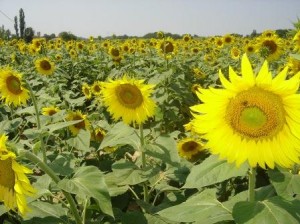 |
From snow-capped mountains in the North to intense dry Summers in the South, the geography of France gives rise to significant temperature variations throughout the year. So, to get the most from your French experience, it pays to consider the seasons as an important factor in your planning.The Alps provide a Winter playground, whilst in Summer, the Alps provide relief from the nearby warmer regions that border the Mediterranean. Most people flock to France for the Spring and Summer – after all, you’re sure to have heard the expression – “Paris in the Spring-time”. But many discerning travellers believe that Autumn is the best time: the colours of the forests are glorious, the weather temperate with generally less rain, tourist numbers drop off significantly after August, and the French return to work after their Summer vacation. Accommodation rates can also be a little cheaper in Autumn and Spring, the roads are quieter and the queues are noticeably shorter.Whatever your preferred timing, to help in your planning, below are some snap-shots of the average minimum and maximum daily temperatures at seasonal mid-points during the year for some of the major cities in France. |




